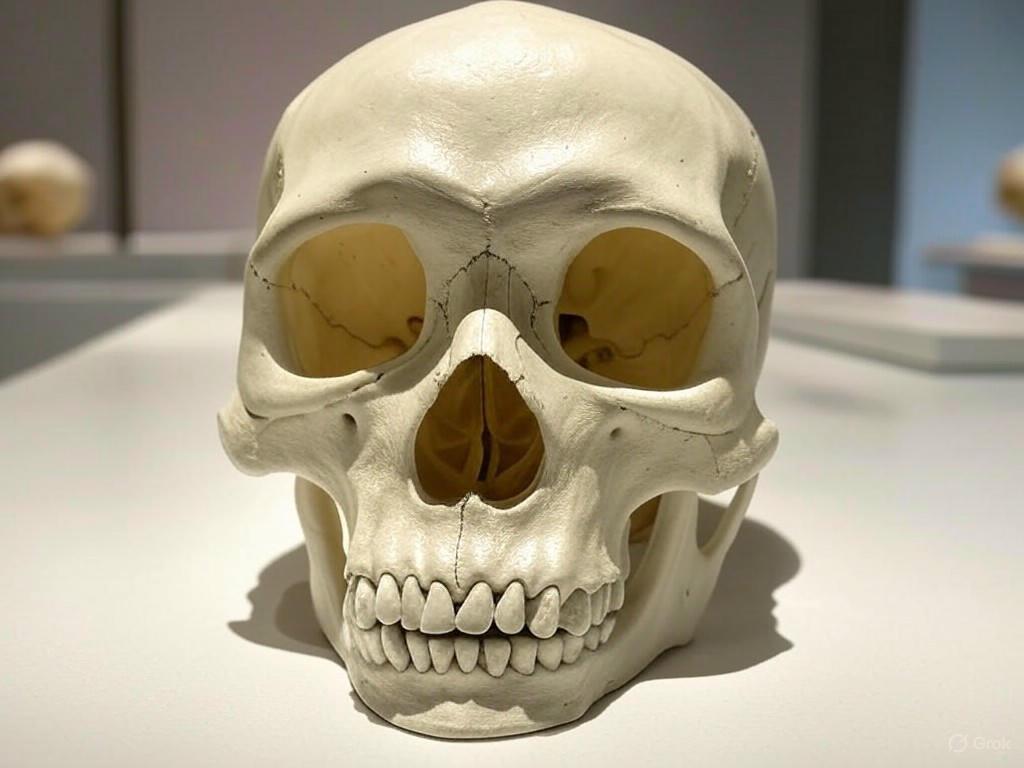In the world of ancient human studies, the discovery of the Harbin skull, often referred to as the "Dragon Man," has drawn the scientific community's attention, linking it to the elusive Denisovan group[1]. Unearthed in the northeastern city of Harbin in 1933, this skull remained hidden in a well, only to be revealed decades later. Its emergence has provided new insights into Denisovan morphology and evolutionary history[2].
The “Dragon Man” is significant because it marks the first nearly complete Denisovan skull ever found, offering unprecedented insights into this ancient species. The fossil, dating back at least 146,000 years, exhibits unique features that bridge the gap between modern humans and Neanderthals. Its prominent brow ridge and brain size comparable to both Homo sapiens and Neanderthals suggest a complex evolutionary path for Denisovans[3].
Researchers have utilized advanced molecular techniques to confirm the Denisovan identity of the Harbin skull. While attempts to extract DNA from the dense petrous part of the skull were unsuccessful, protein analysis provided a breakthrough. Among the sequenced proteins, one matched perfectly with those found in both the well-known Denisovan material from Siberia and recently discovered specimens in Tibet and Taiwan[1]. This vital clue helps to consolidate the geographical and anatomical understanding of the Denisovan spread across Asia.
The debate continues regarding the classification of the Harbin skull as Homo longi or a formal Denisovan species. Some scientists argue for a new species classification given its distinctive traits and the molecular evidence gathered[2]. Despite challenges in determining an official taxonomic status, the Harbin skull's preservation allows for extensive comparison with other ancient remains, fostering further inquiry into Denisovan life.
The Denisovan lineage, primarily understood through genetic data from scattered bones and teeth, is now more tangible. With the Harbin skull adding a face to the enigmatic Denisovan name, anthropologists are increasingly optimistic about reconstructing the Denisovan narrative, thus enriching the broader tapestry of human evolution[3].
References:
1. First-ever Denisovan skull identified thanks to DNA analysis
2. ‘Dragon Man’ skull may be the first from an enigmatic human cousin
3. Dragon Man DNA revelation puts a face to a mysterious group of ancient humans







